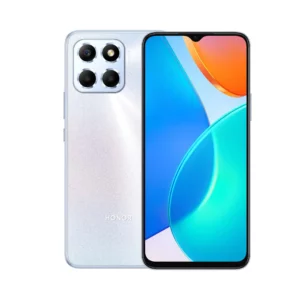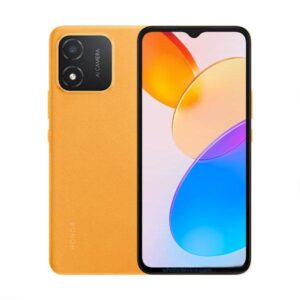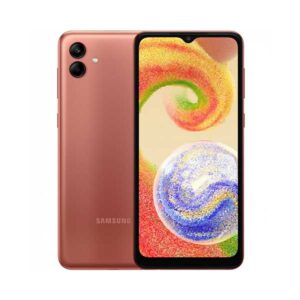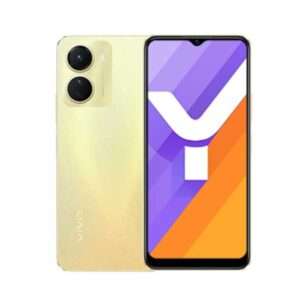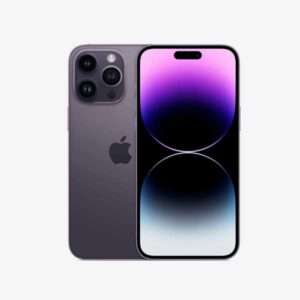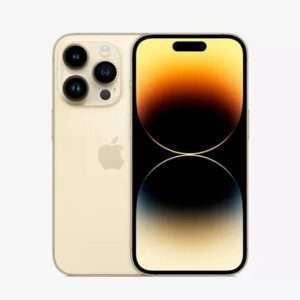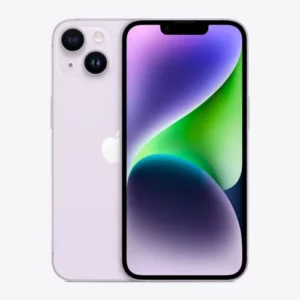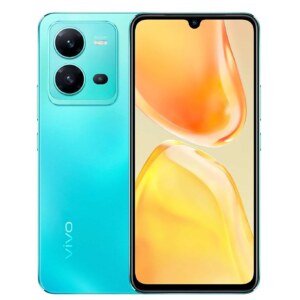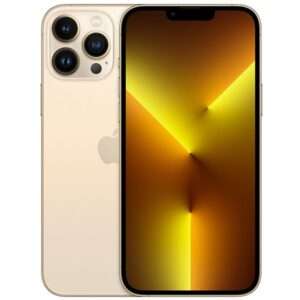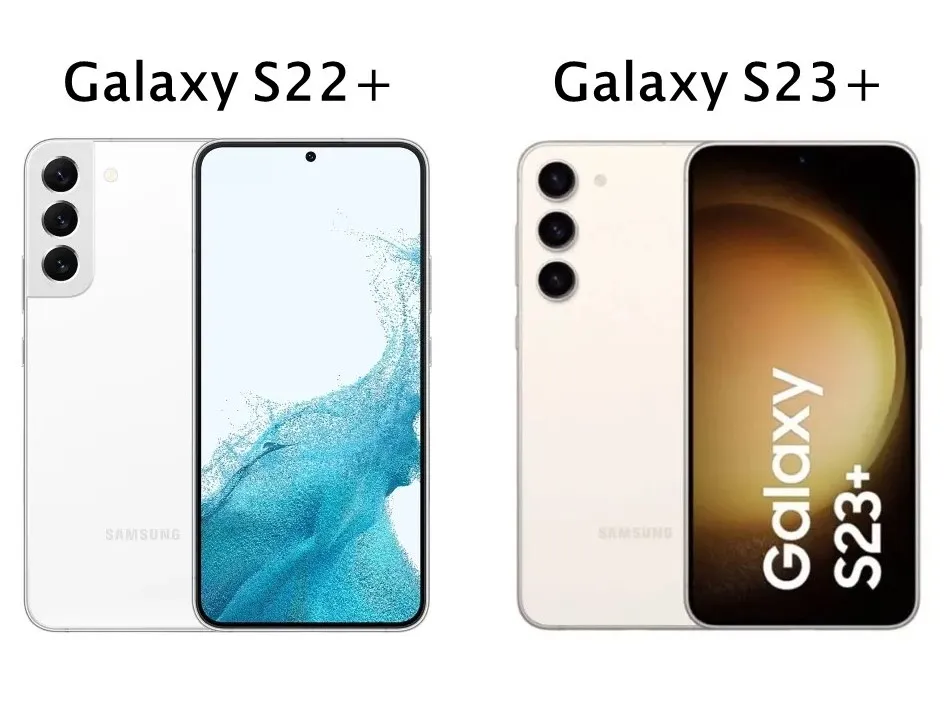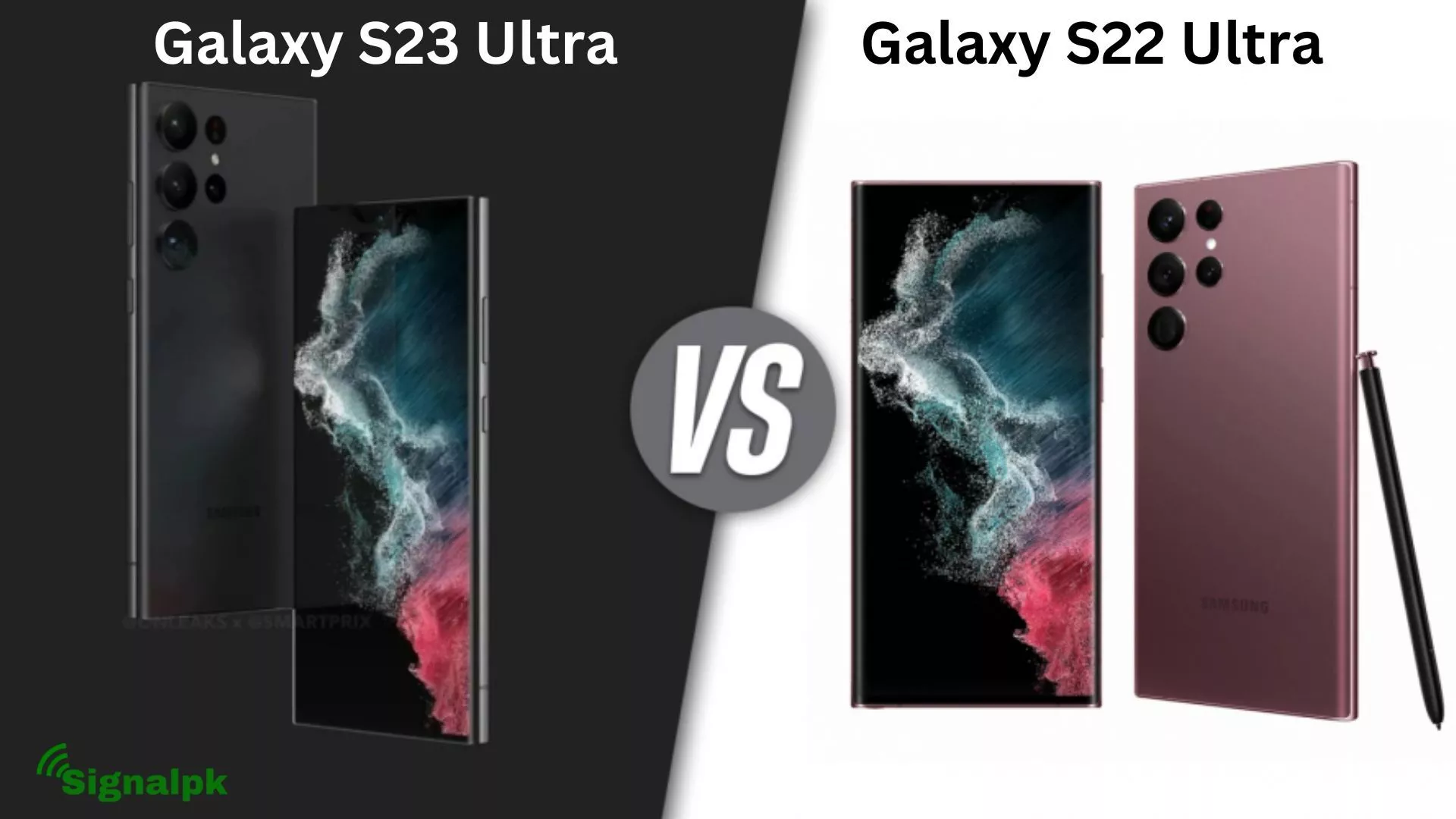- home
- All Products
- Motorola
- Motorola Edge 30 Ultra
Motorola Edge 30 Ultra
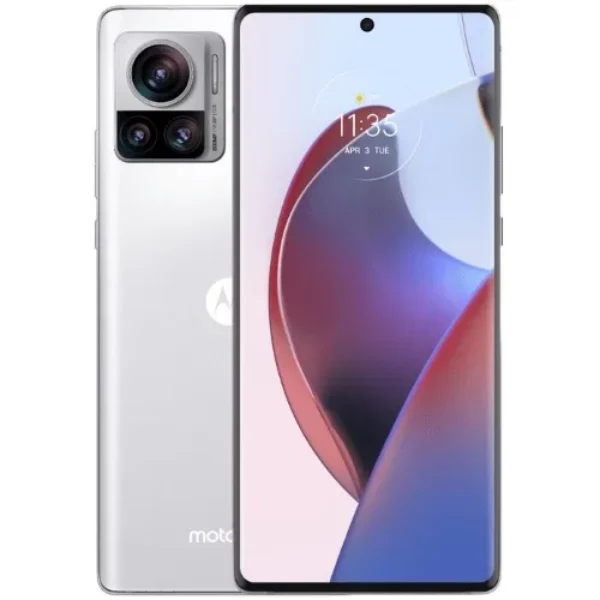


The Motorola Edge 30 Ultra is a mobile that boasts a 200 megapixel sensor , one similar to the one mounted on the Xiaomi 12S Ultra. It is a terminal that is very attractive in the hand , that looks very fluid (its screen has a refresh rate of 144 Hz) and that wastes the “premium” status it points to. It certainly impresses.
It comes with the latest from Qualcomm, the Snapdragon 8+ Gen 1 , and high- end hardware. In addition, its battery has an exceptionally fast fast charging system (125 W), its screen ensures a very good viewing experience and its photographic section is outstanding.
In short, a mobile that lives up to what its exceptional specifications promise.
Motorola Edge 30 Ultra Specifications
Launch
| Announced | 8 Sep, 2022 |
| Status | Coming Soon |
Network
| Technology | GSM / HSPA / LTE / 5G |
| 2G Network | GSM 850 / 900 / 1800 / 1900 |
| 3G Network | HSDPA 850 / 900 / 1700(AWS) / 1900 / 2100 |
| 4G Network | 1, 2, 3, 4, 5, 7, 8, 12, 13, 17, 18, 19, 20, 25, 26, 28, 32, 34, 38, 39, 40, 41, 42, 43, 48, 66 |
| 5G Network Bands | 1, 2, 3, 5, 7, 8, 20, 28, 38, 40, 41, 66, 77, 78 SA/NSA/Sub6 |
| Speed | HSPA 42.2/5.76 Mbps, LTE-A (CA) 5G |
Design
| Operating System OS => Every computer system run on a base software called Operating System (OS). Operating System controls all basic operations of the computer (such as smartphone, PDAs, tablet computers and other handheld devices). The Operating System allows the user to install and run third party applications (apps), apps are used to add new functionality to the device. | Android |
| Dimensions | 161.8 x 73.5 x 8.4 mm (6.37 x 2.89 x 0.33 in) |
| Weight | 198.5 g (7.02 oz) |
| Build | Glass front (Gorilla Glass 5), glass back (Gorilla Glass 5), aluminum frame |
| SIM SIM (Subscriber Identity Module) is a small card that contains mobile network subscriber's account information. This allows the phone using the card to attach to a mobile network. The SIM card is most commonly associated with GSM and UMTS mobile networks. Moving a SIM card from one phone to another allows a subscriber to switch mobile phones without having to contact their mobile network carrier. SIM cards can also be used by a phone to store limited amounts of data, such as phone numbers and text messages. | Single SIM (Nano-SIM) or Dual SIM (Nano-SIM, dual stand-by) |
| Colors | Interstellar Black, Starlight White |
Display
| Display Type A number of display technologies and types used in mobile phones => TFT (Thin Film Transistor), IPS (In-Place Switching), OLED (Organic Light Emitting Diode), AMOLED (Active-Matrix Organic Light-Emitting Diode), Super AMOLED (an even advanced version of AMOLED), Resistive Touchscreen (Resistive touchscreens contain two layer of conductive material with a very small gap between them which acts as a resistance), Capacitive Touchsceen (Capacitive touchscreen technology consists of a layer of glass coated with a transparent conductor) | P-OLED |
| Size | 6.67 inches, 107.4 cm2 (~90.3% screen-to-body ratio) |
| Resolution | 1080 x 2400 pixels, 20:9 ratio |
| Features |
- Refresh rate 144 Hz - HDR10 + - Supports one billion colors - 1250 nits (peak) |
| Display Colors Display Colors is refers to the number of different shades of colors that the screen is capable of displaying => 64K colors, 256K colors and 16 million colors, Obviously 16M is highest available range of colors and better than others. | 1B colors |
| Pixel Density Pixel Density (PPI) is refers to the concentration of pixels on a particular display, measured in pixels per inch (ppi). Pixel density is calculated by dividing the diagonal pixel resolution of a display by its diagonal size, higher pixel density better display quality. | 395 PPI |
| Display Protection Display Protection => Gorilla Glass is a special alkali-aluminosilicate glass shield with exceptional damage resistance that helps protect mobile displays from scratches, drops, and bumps of everyday use, It is always better to go for a smartphone with Gorilla Glass for that added protection and peace of mind. | Corning Gorilla Glass 5 |
Main Camera
| Main Camera |
200 MP, f/1.9, (wide), 12 MP, f/1.6, (telephoto), 1.22µm, PDAF, 2x optical zoom 50 MP, f/2.2, 114˚ (ultrawide) |
| Image | 2160p |
| Front Camera | 60 MP, f/2.2, (wide) |
| Features | HDR |
| Video | 8K@30fps, 4K@30/60fps, 1080p@30/60/120/320/960fps |
Front Camera
Processor
| CPU CPU (Central Processing Unit) mostly known as processors, CPU processes instructions in order to carry out certain functions that make your device operate properly. Processors are often described as the brain of computers, smartphones and tablets, Smartphones and tablets rely on processors to carry out their every task, Processors are an incredibly important factor in selecting any type of computing device, including your smartphone. | Octa-core (1x3.19 GHz Cortex-X2 + 3x2.75 GHz Cortex-A710 + 4x1.80 GHz Cortex-A510) |
| Chipset Chipset is a group of integrated circuits designed to perform one or a more dedicated functions, often with real time computing constraints, Popular smartphones are equipped with more advanced embedded chipsets that can do many different tasks depending on their programming. | Qualcomm SM8475 Snapdragon 8+ Gen 1 (4 nm) |
| GPU GPU (Graphics Processing Unit) is a single-chip processor designed to rapidly manipulate and alter memory to accelerate the creation of images in a frame buffer intended for output to a display, This includes things such as lighting effects, object transformations, and 3D motion. | Adreno 730 |
Memory
| STORAGE | 128 GB, 256 GB, 512 GB |
| Memory Card Memory Card Slot is a special slot for inserting a memory card. Memory cards allow you to expand the phone's built-in memory, A memory card (sometimes called a flash memory card or a storage card) is a small storage medium used to store data such as text, pictures, audio, and video, for use on small, portable or remote computing devices such as mobile phones, mp3 players, digital cameras. | no |
| RAM (Memory) RAM (Random Access Memory) is a type of computer memory that can be accessed randomly, any byte of memory can be accessed without touching the preceding bytes that allows information to be stored and accessed quickly from random locations. RAM is the most common type of memory found in computer systems, smartphones, tablets and other electronic devices. | 8 GB, 12 GB |
Sound
| Loudspeaker | stereo speakers |
| Microphone Jack |
Connectivity
| Wi-fi Wi-Fi is a popular wireless networking technology using radio waves to provide high-speed network connections that allows devices to communicate without cords or cables, Wi-Fi is increasingly becoming the preferred mode of internet connectivity all over the world. | Wi-Fi 802.11 a/b/g/n/ac/6e, tri-band, Wi-Fi Direct, hotspot - International / Wi-Fi 802.11 a/b/g/n/ac/6, dual-band, Wi-Fi Direct, hotspot - PRC |
| Wi-fi Hotspot | |
| Bluetooth Bluetooth is a wireless communications technology for exchanging data between mobile phones, headsets, computers and other network devices over short distances without wires, Bluetooth technology was primarily designed to support simple wireless networking of personal consumer devices. | 5.2, A2DP, LE |
| GPS GPS The Global Positioning System is a satellite-based radio navigation system, GPS permits users to determine their position, velocity and the time 24 hours a day, in all weather, anywhere in the world, In order to locate your position, your device or GPS receiver must have a clear view of the sky. | with dual-band A-GPS, GLONASS, BDS, GALILEO |
| USB | USB Type-C 3.1, USB On-The-Go, DisplayPort 1.4 |
| NFC NFC (Near field communication) is a set of standards for smartphones and similar devices to establish peer-to-peer radio communications with each other by touching them together or bringing them into proximity, usually no more than a few inches. | |
| Radio | |
| Sensors Sensors are electronic components that detects and responds to some type of input from the physical environment. The specific input could be light, heat, motion, moisture, pressure and location, The output is generally a signal that is converted to use in computing systems, a location sensor, such as a GPS receiver is able to detect current location of your electronic device. | Fingerprint (under display, optical), accelerometer, gyro, proximity, compass Ready For support |
| Wireless Charging Wireless Charging (Inductive Charging) uses an electromagnetic field to transfer energy between two objects. This is usually done with a charging station. Energy is sent through an inductive coupling to an electrical device, which can then use that energy to charge batteries or run the device. | Fast wireless charging 50W + Reverse wireless charging 10W |
Features
| Flash Modes | Dual-LED dual-tone flash |
| TORCH | |
| Audio Recording |
Battery
| Battery Type Battery Type => Cell phones run on various kinds of batteries depending on the manufacturer, phone size or shape and features. There are basically four types of cell phone batteries => Lithium Polymer, Lithium Ion, Nickel Metal Hydride and Nickel Cadmium. | Li-Po, non-removable |
| Capacity Battery Capacity is a measure (typically in Amp-hr) of the charge stored by the battery, and is determined by the mass of active material contained in the battery. The battery capacity represents the maximum amount of energy that can be extracted from the battery under certain conditions. | 4610 mAh |
| Charging | 125W wired 50W wireless 10W reverse wireless |
| Talk Time Talk Time is the longest time that a single battery charge will last when you are constantly talking on the phone under perfect conditions, Ambient temperature and highly dependent on the cellular network environment such as the distance to the closest cell network tower. | 23:39h |
| Video Playback | 18:50h |
| Web Browser Web Browser => a web browser is a software application used to locate, retrieve and display content on the World Wide Web, including Web pages, images, video and other files, The primary function of a web browser is to render HTML, the code used to design or markup webpages. | 13:30h |
PRICE
| PRICE IN PKR | Rs. 210,999 |
| PRICE IN USD | $975 |


